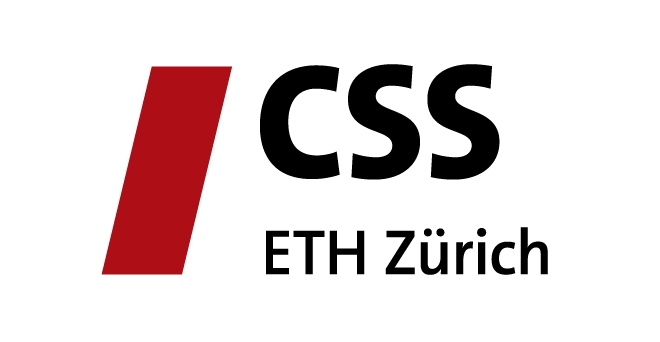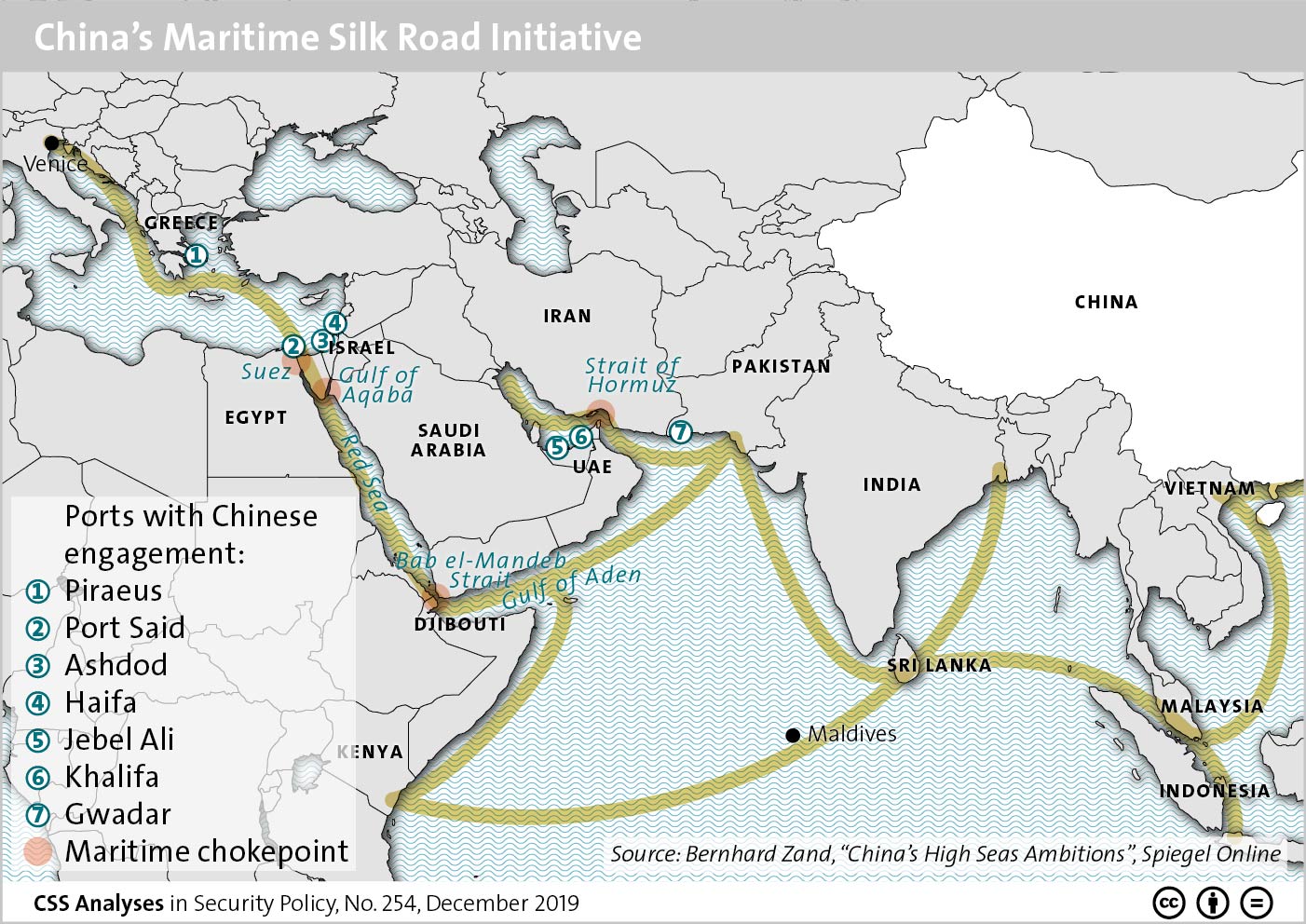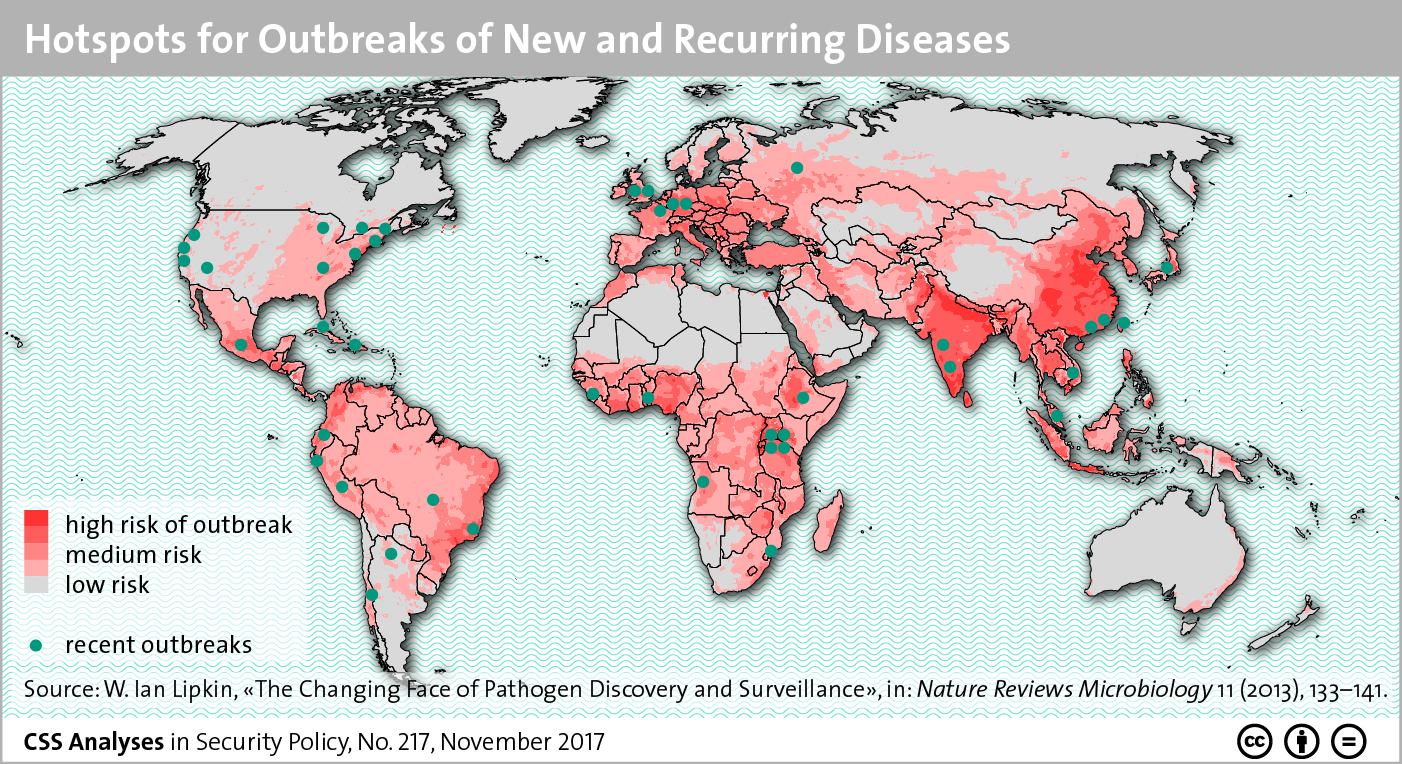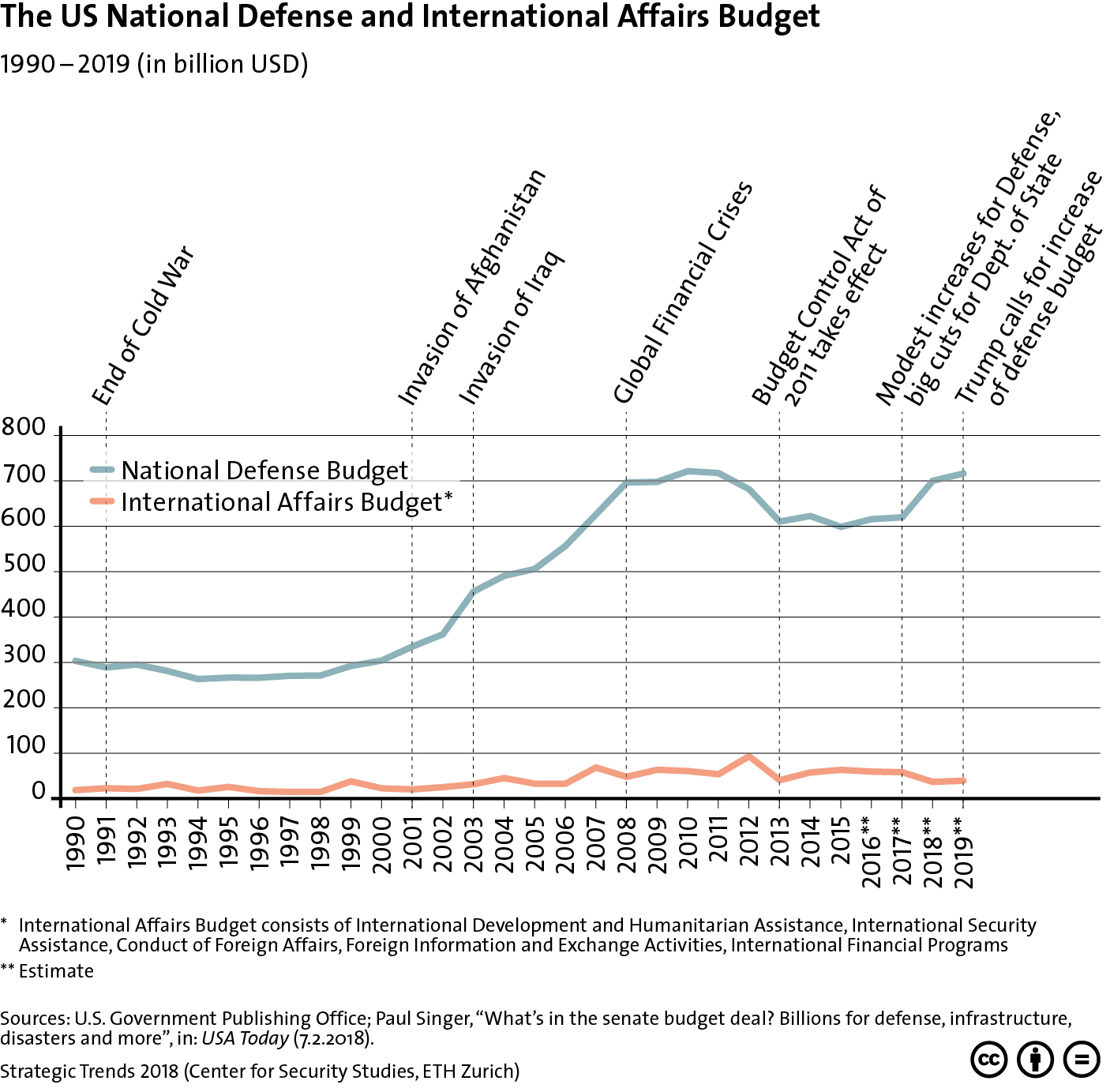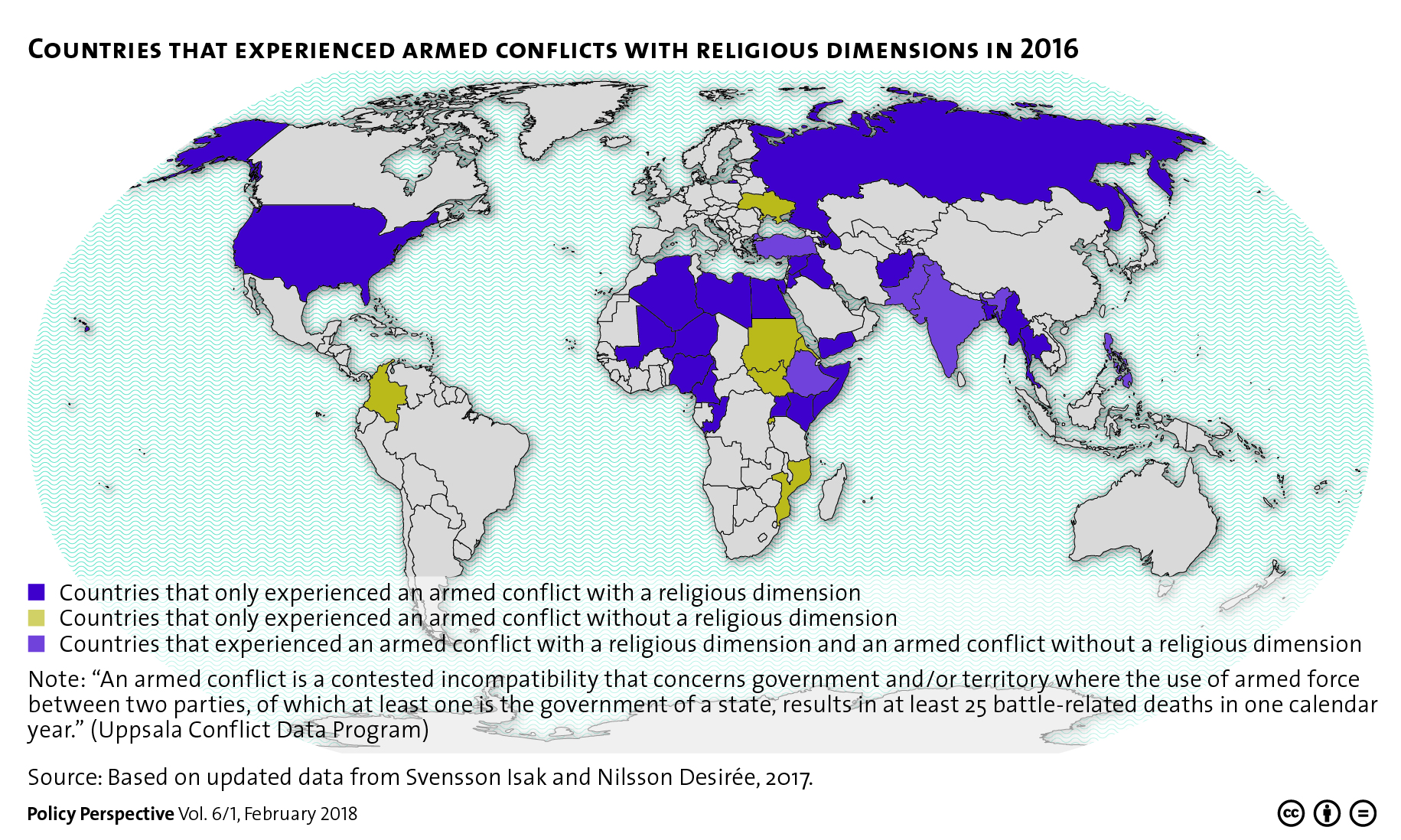
This graphic maps out the various countries that experienced armed conflicts with religious dimensions. To find out more about the interlinkages of religion and conflict and how conflict resolution approaches should respond, see Jonas Baumann, Daniel Finnbogason, and Isak Svensson’s CSS Policy Perspective here. For more graphics on conflict resolution, see the CSS’ collection of graphs and charts on the subject here.
